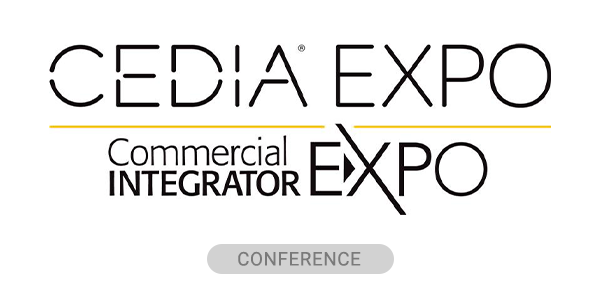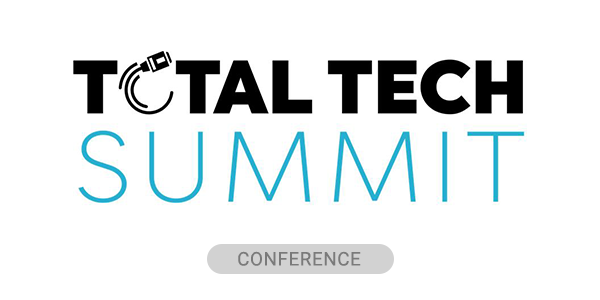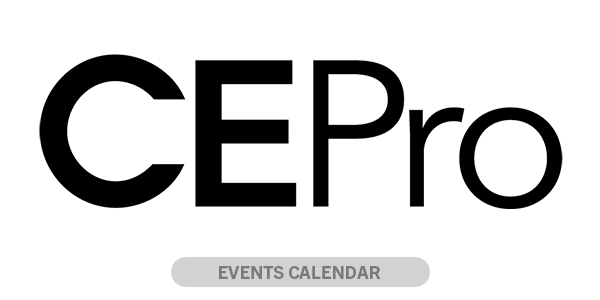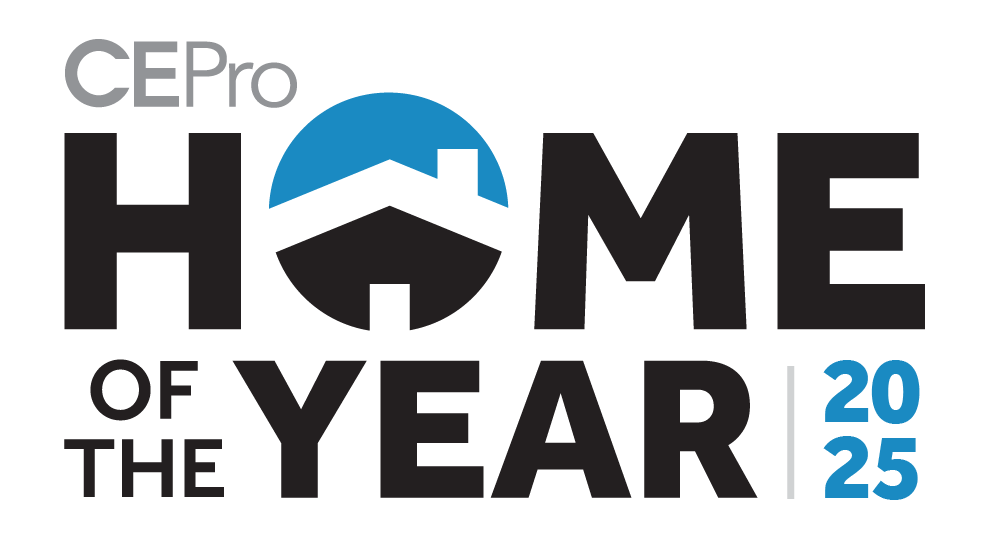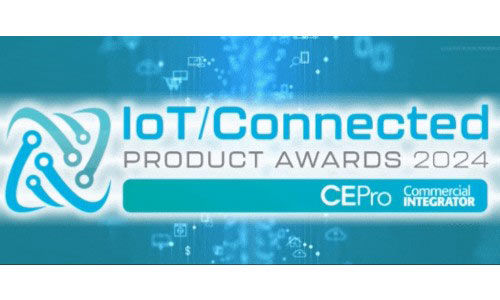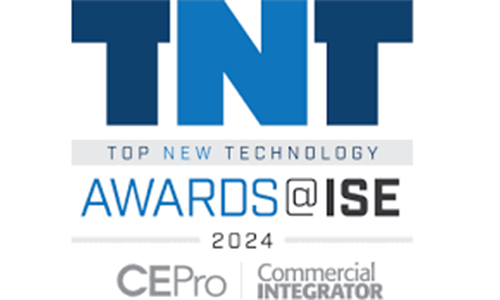Integrated smart home systems are better than ever, and there are more and more builders and homeowners interested in installing home technologies. Pros know, however, that interest doesn’t always equal knowledge, and that the average homeowner is probably more likely to think smart home’ means a few voice-activated gadgets rather than a fully integrated solution with multiple subsystems. For smart home integrators, each one of these people is a potential client. How do we convince these potential clients that a true smart home requires professional design and installation, when they can buy a $100 smart lighting kit at a hardware store?
It all comes down to talking about two very different types of experiences.
The first type of experience is the user experience the client wants to have in their home. Are they satisfied if each room has different, often lower-quality gadgets with different remotes that don’t work together, and are they okay using 10 different mobile apps to control security, garage doors, lights, music, etc.? Or do they want a seamless experience where one app controls everything, equipment is of higher quality, every room has the same controls and functions, and all the different systems communicate perfectly with each other?
The second type of experience is the professional experience of the integrator, whose expertise ensures proper system design, installation, user tutorials, maintenance, and troubleshooting. Do potential clients want their home to be outfitted by an experienced professional, or do they want to do their own research and try to cobble together a few basic products from big box stores? And, when something doesn’t work, who will help them?
Having an Honest Conversation is Critical to Sales Success
When integrators explain how the professional integration experience helps deliver the user experience the client wants, most prospects will recognize the vast difference between a fully integrated system and a cobbled-together, DIY solution.
Discussing the eventual solution is different for every client, since each project has unique needs, expectations, and budgets. Connecting with the clients’ specific desires is crucial to demonstrating the full value and power of integrated solutions. Whether they are music or TV buffs, host a lot of parties, travel a lot, are concerned about home security or love voice control, we can specify exactly how a professional smart home system will enhance their home experience, and explain the limits and complications of DIY solutions if they ask about those.
For clients who have experience with home control, but didn’t love it, the recent advances in capability, reliability and ease of use make this conversation even more important. We have to show them that past bad experiences do not reflect the current capabilities. This is best achieved through showroom visits, product demos, videos, reference checking or walkthroughs of existing projects, but words can be powerful as well. Just like early adopters of computer software saw many bugs and glitches, so have the early adopters of smart home technology.
Through investments by large companies like Snap One, the software and hardware systems now work much better and will meet the needs of even the most discerning homeowner.
For a truly skeptical client, we can explain the functions room by room, noting how the controls are always the same, they are easy to use through a single app or remote, and that multiple systems can work together to offer custom scenes that activate with a single button. There is no DIY solution that ties multiple systems together seamlessly. We can also point to the manufacturer support and ongoing software updates that ensure compatibility with new products and even add capabilities to existing products to enhance their investment.
Hands-On Experience With Pro-Style Smart Home Systems Matters
For some clients, getting hands-on with a professional system interface versus a DIY interface can be an “a-ha” moment. This gets to the core of the user experience and allows integrators a simple way to show how much better and more reliable a professional solution is. It can be as simple as opening a smart home app and letting them quickly navigate to lights, TV, security and climate controls, and comparing for them a more basic DIY app and noting the limitations and disparate apps required to provide the same level of control, especially for visitors (such as babysitters) in their homes.
If we can show prospects in a few minutes how different the user experience will be, they will understand how informed we are as integrators and how critical our professional experience is to the pursuit of a truly smart home.
There are also plenty of analogies integrators can use to explain why professional installation is better. For instance, if the client tried to build their own car from scratch using parts they bought online, would it end up being a Lamborghini? Would it even run? And when it failed, would there be anyone who could help fix it? What about their HVAC system or kitchen cabinet installations?
For any DIYers who had negative prior experiences with home control, we can point out that sometimes DIY solutions are good for a single thing. If all they want is to add remote control to a single light switch or install a video doorbell, one-off solutions can do that. But if they want all the lights in a room to be scheduled and controllable together, or to view their doorbell camera on their TV and have intercom capabilities through their phone, a consolidated solution is required.
In the end, it really all comes down to experiences. The more we talk about the user experience in the home and our professional experience installing successful, reliable home systems, the more we can help potential clients understand that these are complex installations, just like other parts of the home.
We don’t have to pretend DIY solutions don’t exist, but we should come to the conversation armed and ready to detail why a professionally installed smart home is far superior to the shortcomings and limitations of DIY products. If we can show prospects in a few minutes how different the user experience will be, they will understand how informed we are as integrators and how critical our professional experience is to the pursuit of a truly smart home.
John Heyman is the CEO of Snap One.

